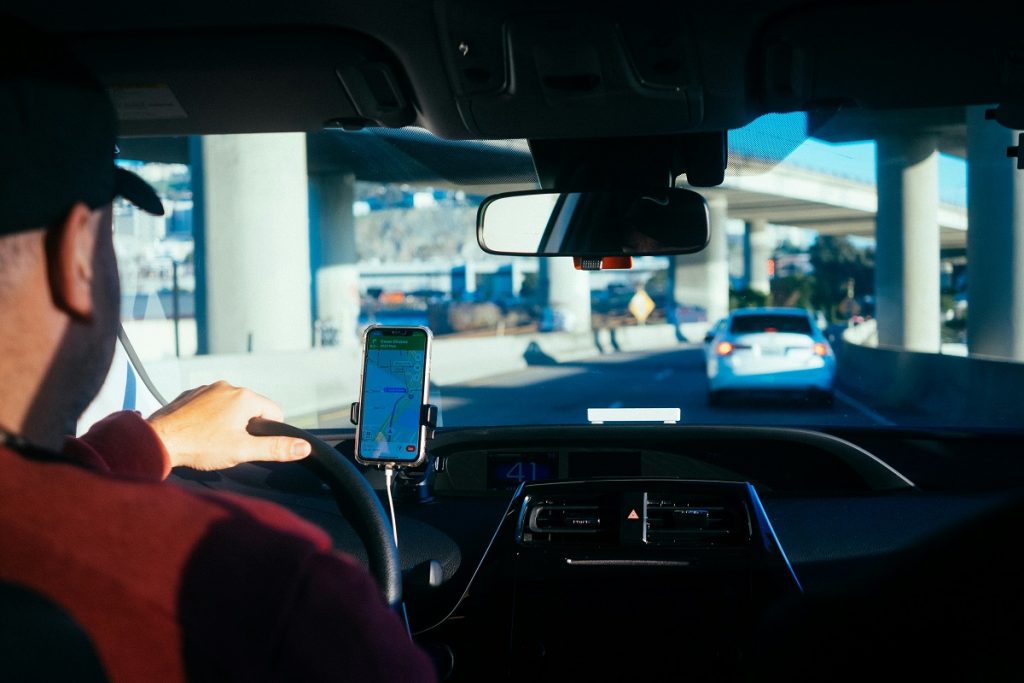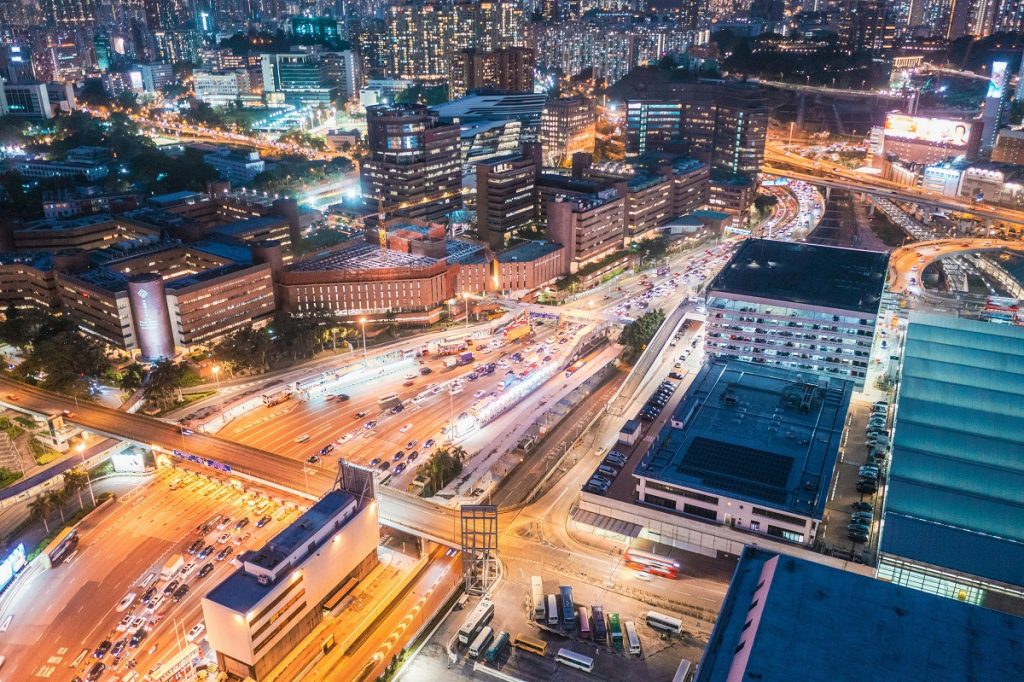
- Technology has significantly upgraded public transport, making it safer and more efficient with systems like Singapore’s SMRT.
- Real-time traffic updates from apps like Google Maps and Waze optimize routes and reduce congestion.
- Ride-sharing services such as Uber and Lyft offer convenient, cost-effective alternatives to traditional commuting methods.
- Advancements in remote work technology reduce the need for daily commutes, lessening traffic and environmental impact.
Technology has drastically changed the way we live our lives, and one area where this is especially evident is daily commuting. From GPS navigation to ride-sharing apps, technology has revolutionized the way we get from point A to point B. This blog will explore the impact of technology on daily commuting and discuss important things you need to know.
Modern Public Transport Vehicles

Public transportation has seen significant improvements in recent years with the integration of modern technology. From electric buses to light rail systems, public transport vehicles are becoming more environmentally friendly and efficient. Singapore’s SMRT-operated train system, for example, uses a sophisticated signaling system to monitor train movements and prevent collisions, ensuring a smooth and safe commute for passengers.
Led by innovative leaders such as Seah Moon Ming, the SMRT chairman, public transport companies like SMRT Corporation Ltd are constantly striving to improve their services and reduce their environmental impact. This includes measures such as using energy-efficient lighting and implementing waste reduction programs.
Real-Time Traffic Updates
One of the most significant impacts of technology on daily commuting is the availability of real-time traffic updates. Gone are the days when you had to rely solely on radio reports or your own intuition to navigate through traffic jams. With apps like Google Maps and Waze, commuters can now receive up-to-the-minute information about accidents, road closures, and congestion, allowing them to choose the fastest route to their destination.
Ride-Sharing Services

Another game-changer in the world of commuting is the rise of ride-sharing services like Uber and Lyft. These platforms have made it easier than ever for people to find affordable and convenient transportation options. Whether you need a quick ride to work or want to avoid parking hassles in a crowded city, ride-sharing services have become an integral part of many commuters’ daily routines.
Telecommuting Options
Technology has also enabled more people to work remotely, reducing the need for daily commutes altogether. With video conferencing tools like Zoom and Slack making communication seamless, many companies are offering flexible telecommuting options to their employees. This not only saves time and money for workers but also helps reduce traffic congestion and environmental impact.
Electric Vehicles
As concerns about climate change continue to grow, more commuters are turning to electric vehicles as a greener alternative to traditional gas-powered cars. Advancements in battery technology have made electric vehicles more affordable and practical for everyday use. Charging stations are becoming more widespread, making it easier for commuters to make the switch to environmentally friendly transportation options.
Safety Features
Technology has also played a crucial role in improving safety for commuters on the road. There are many ways that modern vehicles, whether it’s public or private transport, are equipped with advanced safety features that can help prevent accidents. Here are four examples of how technology is making commuting safer:
Lane Departure Warning Systems
These use sensors to detect when a vehicle is drifting out of its lane and alert the driver, reducing the risk of collisions. This feature is especially useful for drowsy or distracted drivers.
Automatic Emergency Braking
This system uses sensors and cameras to detect potential collisions and automatically applies the brakes to prevent or mitigate impact. It can significantly reduce the number of rear-end collisions on busy highways.
Adaptive Cruise Control
This technology uses sensors to maintain a safe following distance from other vehicles, reducing the risk of accidents caused by sudden stops or changes in traffic flow.
Blind Spot Monitoring
Sensors or cameras mounted on the sides of a vehicle can detect if there is a car in the driver’s blind spot and alert them, preventing dangerous lane changes.
These are just a few examples of how technology is enhancing safety for commuters on the road. As technology continues to advance, we can expect to see even more innovative features designed to keep us safe while traveling. It’s important for commuters to stay informed about these advancements and take advantage of them when choosing a mode of transportation.
The influence of technology on daily commuting is profound and multifaceted. From enhancing public transport with advanced systems to providing real-time traffic updates and ride-sharing options, technology has made commuting more efficient, safe, and environmentally friendly. As the world continues to innovate, the future of commuting looks brighter, promising even greater integration of technology to improve our daily travel experiences.
